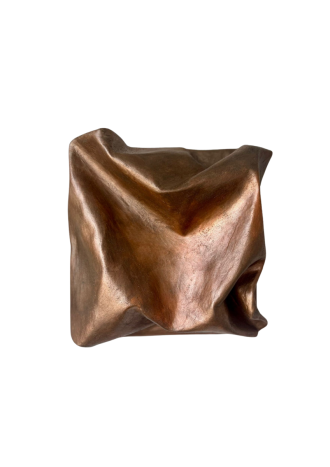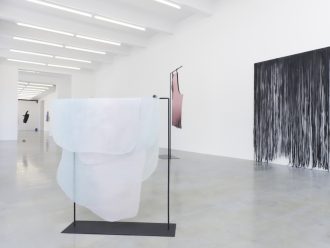From 24th of July until 23rd of August already the 3rd exhibition by Riga Photography Biennial 2020 – “Wunderkammer – is taking place at the Latvian Museum of Photography, Riga. Gaining inspiration from the curiosity cabinet tradition, the international exhibition Wunderkammer turns to the phenomenon of collecting in the creative practice of contemporary artists. It will represent 9 participants from 6 countries – Latvia, Lithuania, Estonia, Spain, Germany, and Finland. The curator of the exhibition is Šelda Puķīte.
Participants: Andrés Galeano (ES), Flo Kasearu EE), Margit Lõhmus (EE), Visvaldas Morkevičius (LT), Jaanus Samma (EE), Joachim Schmid (DE), Iiu Susiraja (FI), Diāna Tamane (LV/EE), Rvīns Varde (LV).
Exhibition Wunderkammer is a part of the international contemporary art event Riga Photography Biennial 2020 program and conceptually related to its current year focus – the archaeology of reality, which is studying both – the layers of our past to reveal new visions and perspectives of today as well as the legacy of digital era.
Wunderkammer, or the cabinet of curiosities as a treasure trove of unique collections, embodies the thought of the possibility of countless wonderful worlds, which can be created by collecting various natural and human made objects. Photography too is sometimes compared to a cabinet of curiosities, with images serving as evidence of things remembered as they are accumulated, put up on walls, put in albums, uploaded on social networks or enclosed in digital folders. Enlivened by an artist, the images become the stories and interpretations of materials and the intersections where culture, science, and quotidian can meet.
Collecting can find its expression very simply as the gathering of particular objects, of which a selection the author then puts into a work of art. In this context, we can speak of analogue images or ones found on the Internet, which in the hands of the artist acquire new meaning. One such collector is the German artist Joachim Schmid who, since the 1980s, has been collecting images found on the street, in flea markets or elsewhere. He is interested in society and its strange customs, including the images from popular culture personalized by people that also appear in his series Estrelas Amadas (Beloved Stars) (2013). Another similarly obsessed collector is the Spanish artist Andrés Galeano, who owns over 10,000 analog photographs. Having collected and combined similar pictures taken by amateurs, just like pieces of a puzzle from different sets, Galeano creates meta landscapes that unite these anonymous views. One series is Unknown Photographers (2012-continued).
Yet, thinking about collecting in the wider sense means that we can also talk about the accumulation of ideas, impressions, and memories, which often become catalysts in developing one’s range of interests. Works by the artist Diāna Tamane are based on personal stories that form when she collects and combines her own, as well as her family’s, everyday experiences, habits, and memories. In 2013, this interest was the impetus for an intimate series From the Family Album II, dedicated to touch – it was the first project for which Tamane used photos from her family’s albums. As a child, the Estonian artist Jaanus Samma was impressed by the reproduction albums his parents owned. Now these images have been transformed into a collection of prints Toilet Posters (2016/2020), which serves as a reflection of the artist’s interest in history, male sexuality, image culture archetypes, and the semantics of private and public space.
Collecting can serve as a training instrument that helps reveal regularities and details. A striking example is the series of white dogs by the Estonian artist Margit Lõhmus, which was originally launched to train her eye and skills as a photographer but later, as the collection grew, became an art project. Visvaldas Morkevičius is interested in details that help reveal the identity of the protagonists he has encountered. Just like in a travel journal, these details, which he calls “travel” collections or souvenirs, are structured in portrait zines.
Finally, somewhere in the periphery of sight, there are the wonders of nature never perceived by the busy urban dwellers but caught on camera by the writer and photographer Rvīns Varde as part of his observation process. It is said that collecting is a way of generating knowledge, yet it more often serves as a mental extension or even an alter ego of a person. The Finnish artist Iiu Susiraja uses herself or rather her body and the everyday environment as a model to create peculiar and witty photo and video works.
Creating a collection of provocative performances, she offers an unusual perspective on representation of the image of woman and gender roles, at the same time questioning accepted ideals of beauty. The processual work by Estonian artist Flo Kaseraru Flo Kasearu House Museum (2013-continued) is like a creeper that tries to take over the entire exhibition. The artist’s busts, collection of dead plants, photos and videos create the impression that the viewer has entered the author’s memorial museum, which, in its original version in Tallinn, is being constantly supplemented with new projects, since the artist is alive and continues to work.
The exhibition has been organized by Riga Photography Biennial in cooperation with Latvian Museum of Photography.
Riga Photography Biennial (RPB) is an international contemporary art event, focusing on the analysis of visual culture and artistic representation. The biennial covers issues ranging from cultural theory to current socio-political processes in the Baltics and the wider European region. Using the format of an art festival, Riga Photography Biennial attempts to record changes taking place all over the world and invites us to collectively interpret them – something we not only need to see but also imagine whilst translating the complicated and oversaturated contemporary visual language into meaningful relationships between our daily reality, the camera lens, historic material, contemporary art, technologies and the future.
Latvian Museum of Photography is the only museum in Latvia devoted to photography. The museum promotes the achievements of the Latvian photography industry and serves as a place that preserves, represents and inspires photography, and a place where any member of the public can acquire knowledge about the history of photography in Latvia from its origins to present day, using the diverse museum’s offer. The museum regularly hosts exhibitions of Latvian and foreign photographers and the museum’s stored collection, as well as organizes other events related to the Photography industry.
Partners and supporters:
State Culture Capital Foundation, Riga City Council, Goethe-Institut Riga, Embassy of the Republic of Estonia, Cultural Endowment of Estonia, LG Electronics Latvia, Rixwell Hotel, Lux Express, Printing house ‘ADverts’, Hibnerstudio, Kokmuižas alus, Arterritory, Magazine IR, LSM, Satori, Punctum, Literatūra ir menas (LT), Latvijas Radio, Radio NABA.
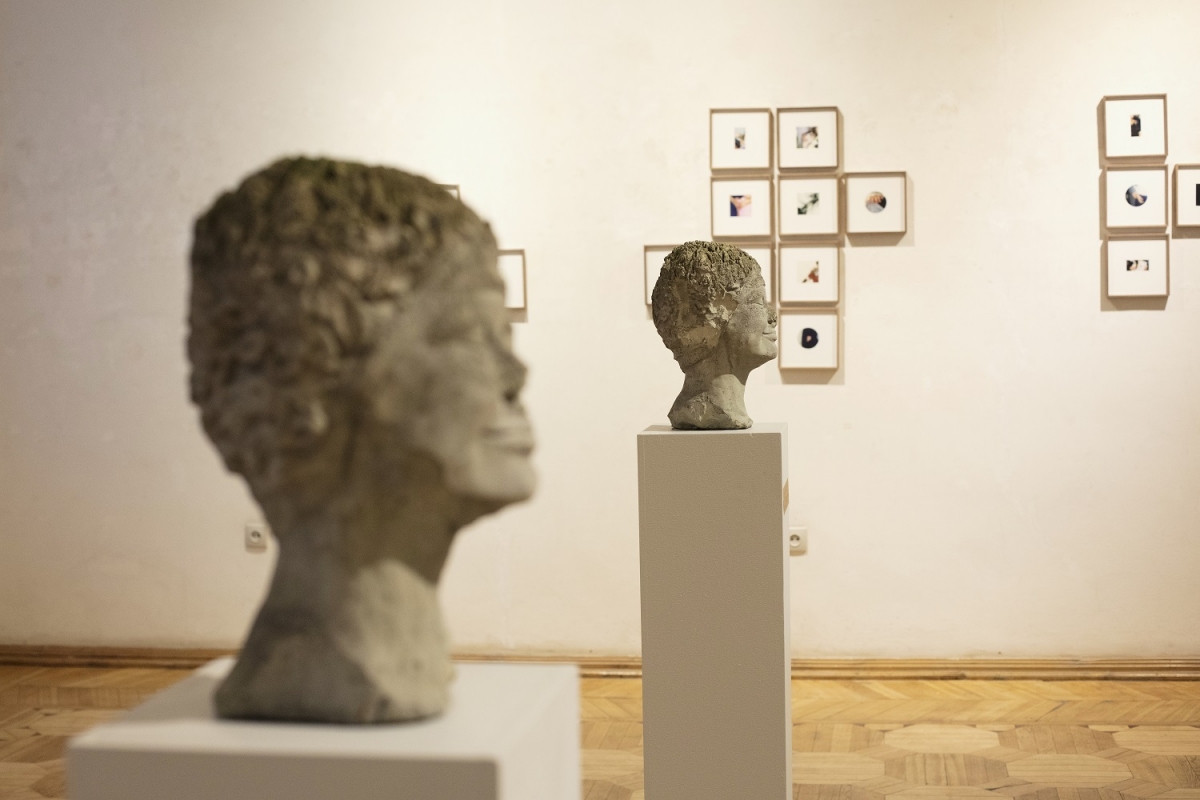
View from the exhibition. Photo by Kristīne Madjare
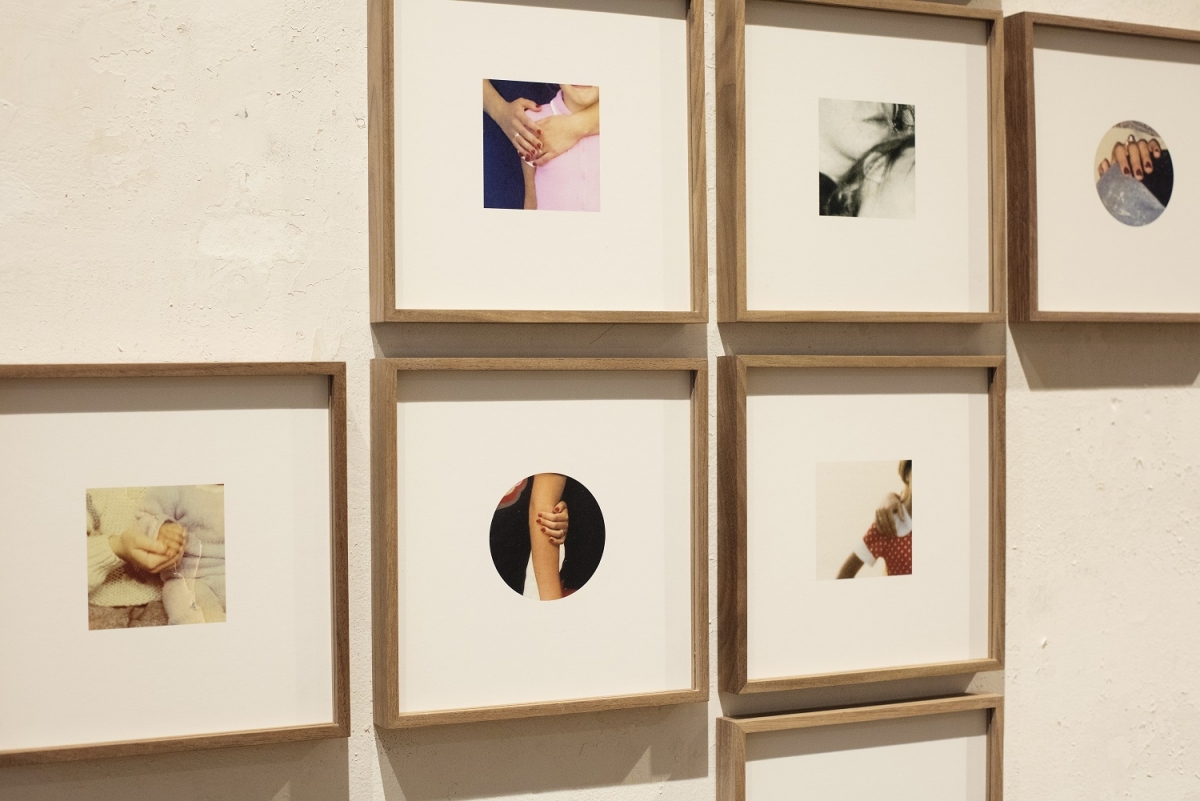
Fragment from Diāna Tamane photo series From Family Album II, 2013. Inkjet print. Photo by Kristīne Madjare
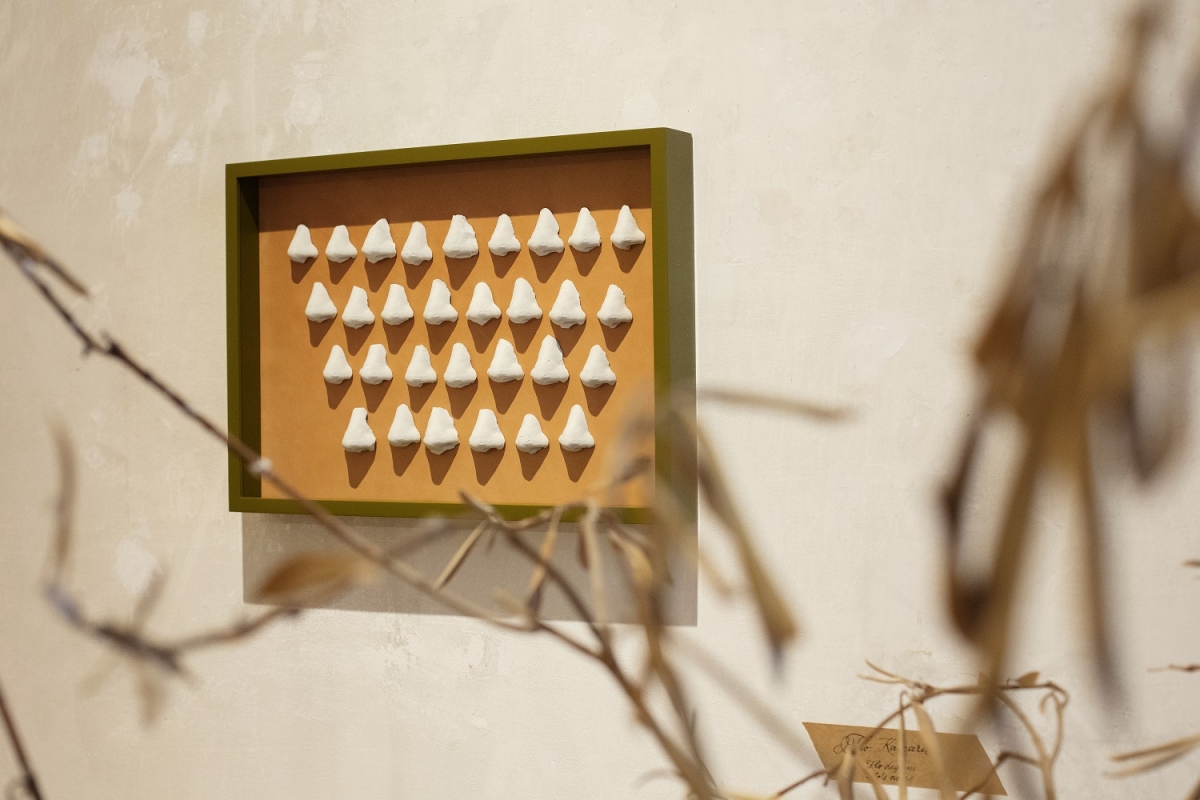
Flo Kasearu. Flo’s Noses, 2020. Sculptures (plaster, vitrine). Photo by Kristīne Madjare
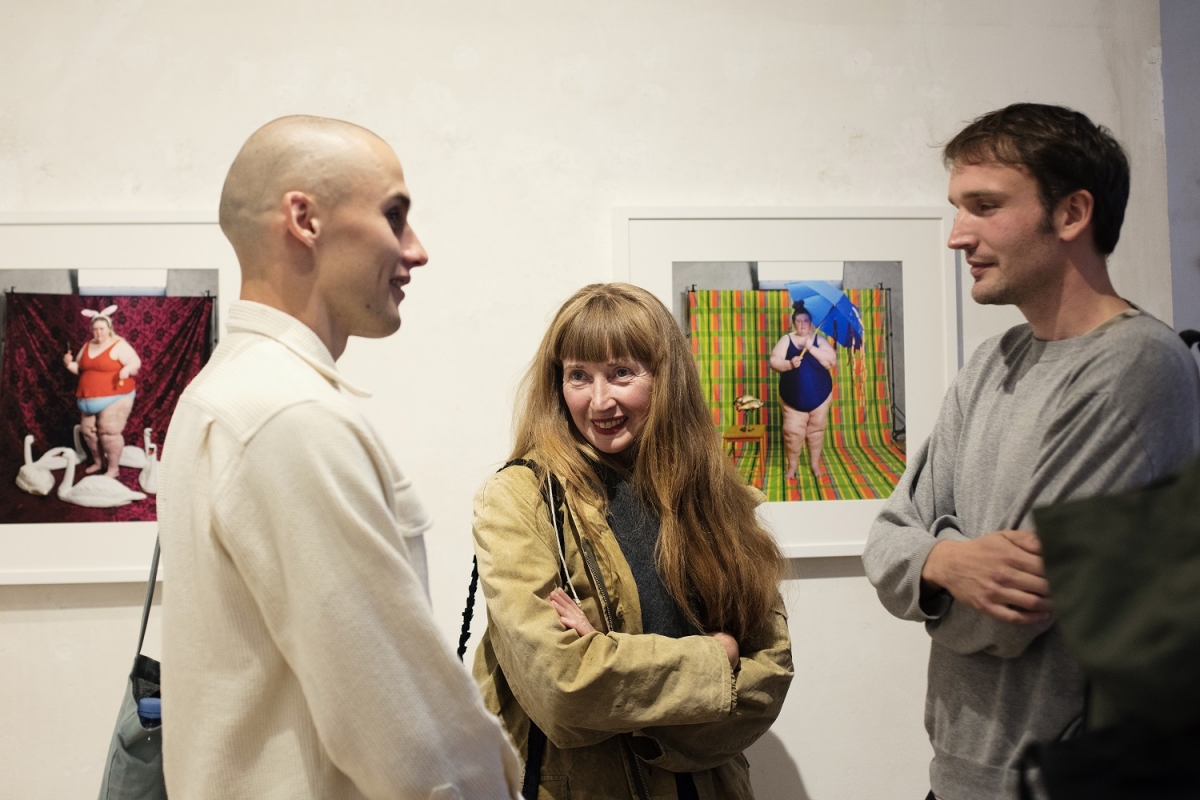
View from the exhibition opening with Iiu Susiraja works in the background. Photo by Kristīne Madjare
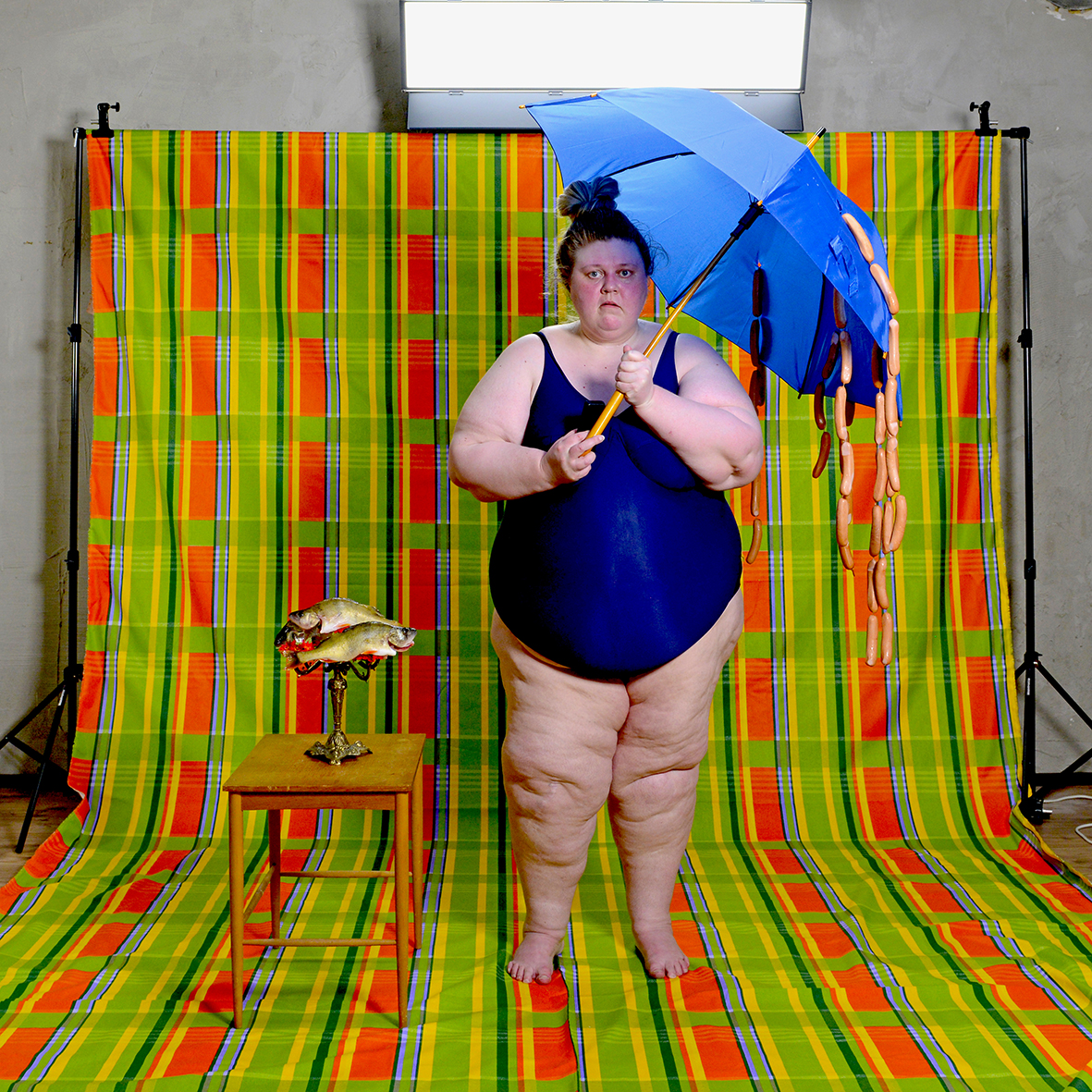
Iiu Susiraja. Sausage Cupid, 2019. Digital print.
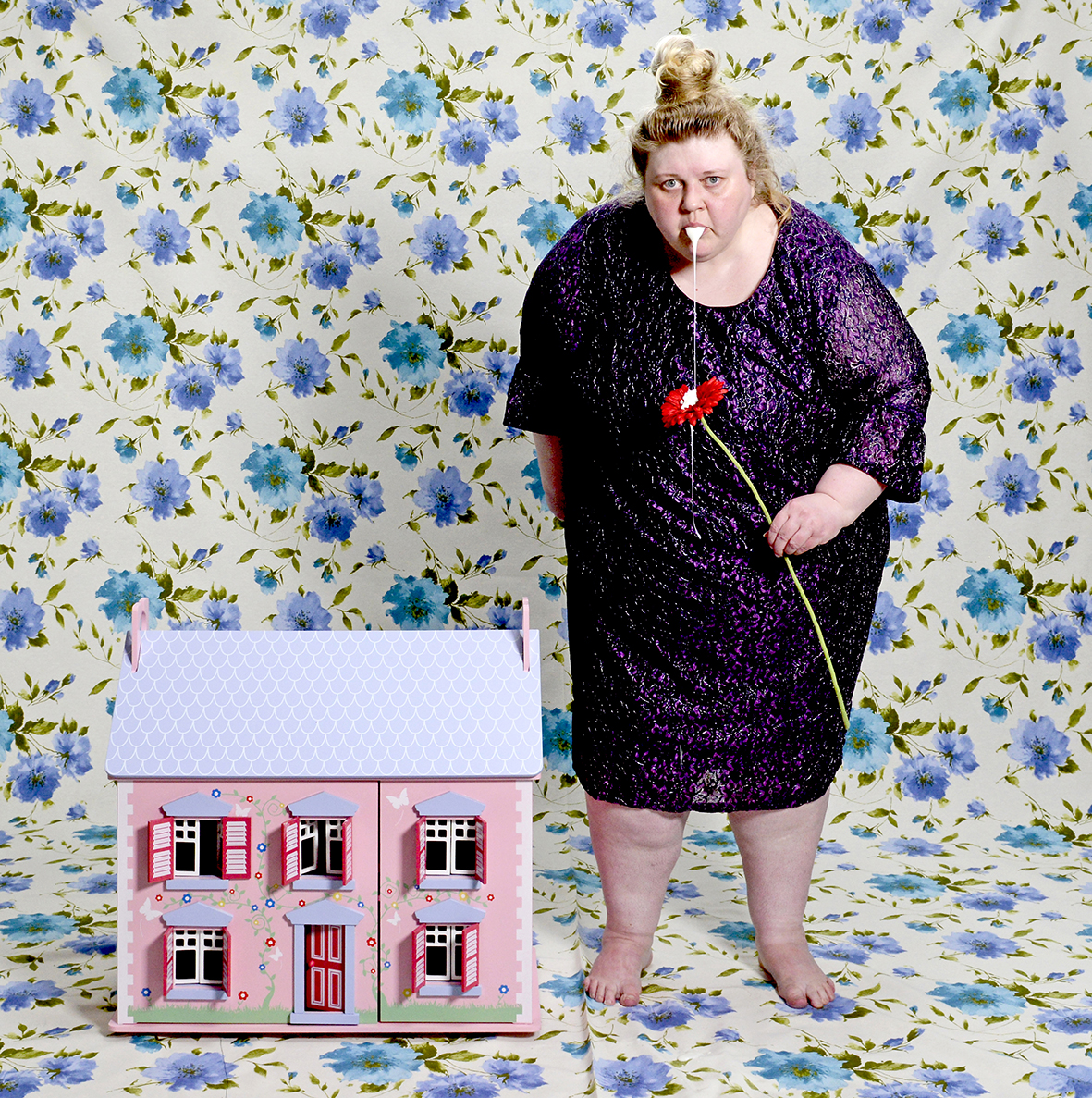
Iiu Susiraja. Homemade Anarchy, 2019. Digital print

View from the exhibition opening with video collection by Iiu Susiraja. Photo by Kristīne Madjare
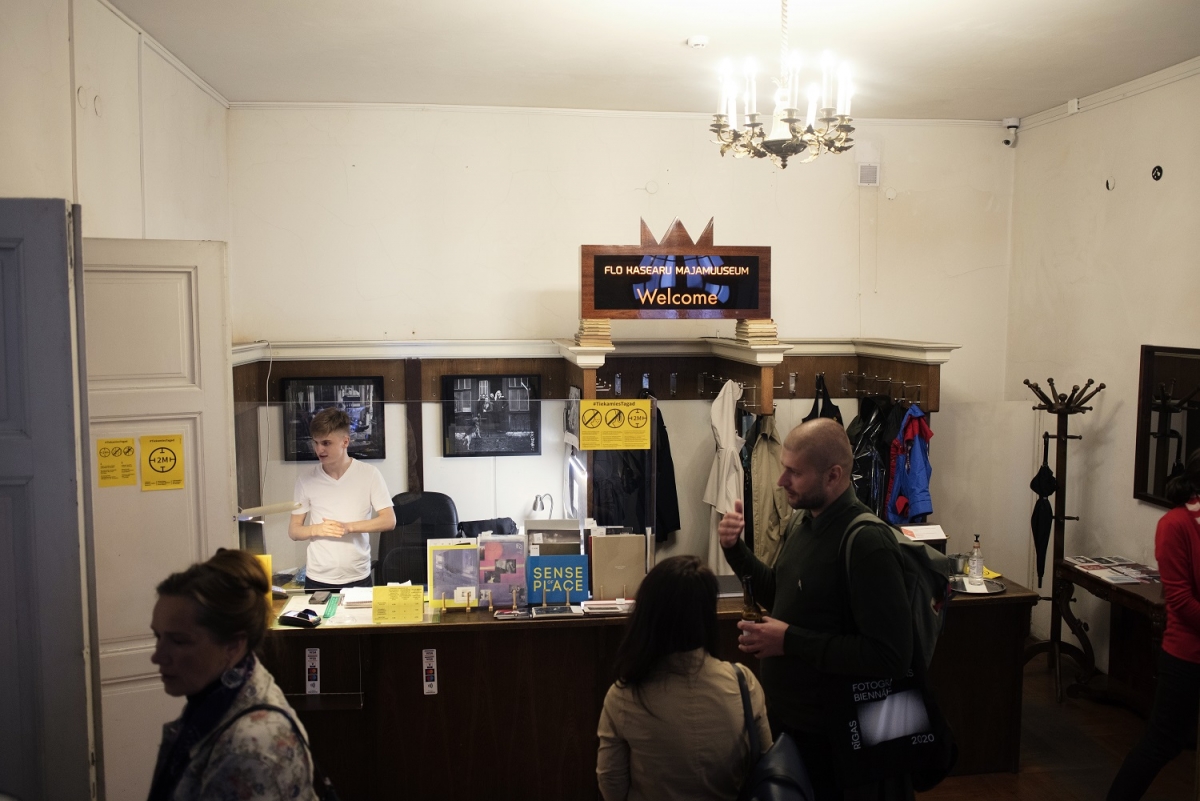
View from the exhibition opening with Sign of Flo Kasearu House Museum, 2013. Photo by Kristīne Madjare
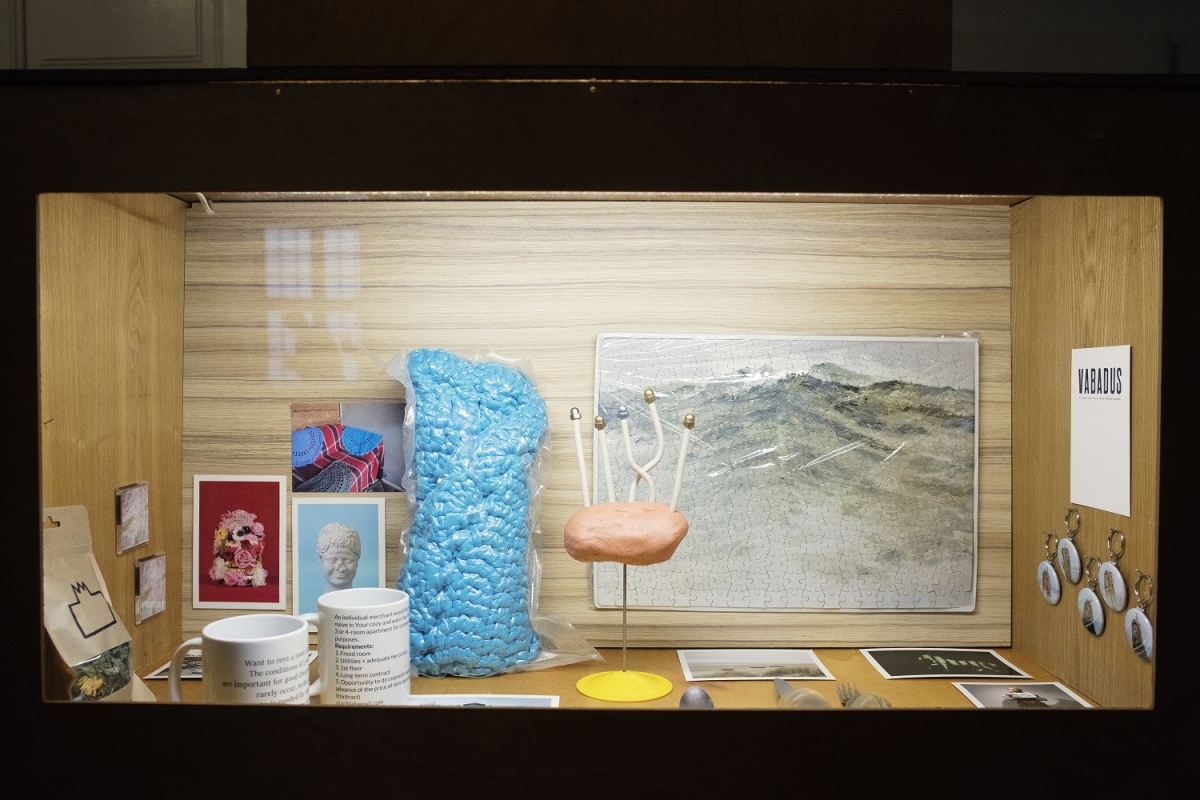
Flo Kasearu Guided Tour of FKM video and souvenir shop installation, 2014. Photo by Kristīne Madjare
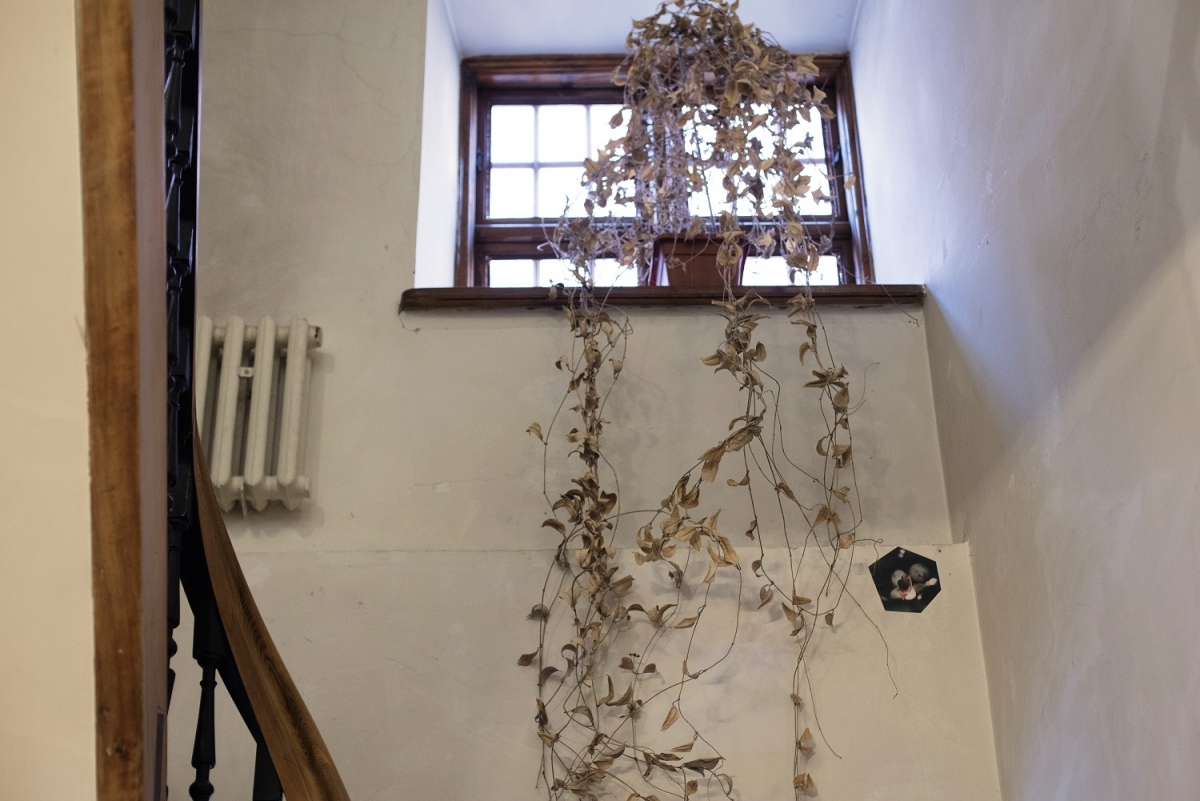
Flo Kasearu. Collection of Dead Plants, 2016 – ongoing. Installation (plants, flower pots). Photo by Kristīne Madjare

View from the exhibition with Flo Kasearu Garden of Adam, 2013. Print on canvas. Photo by Kristīne Madjare
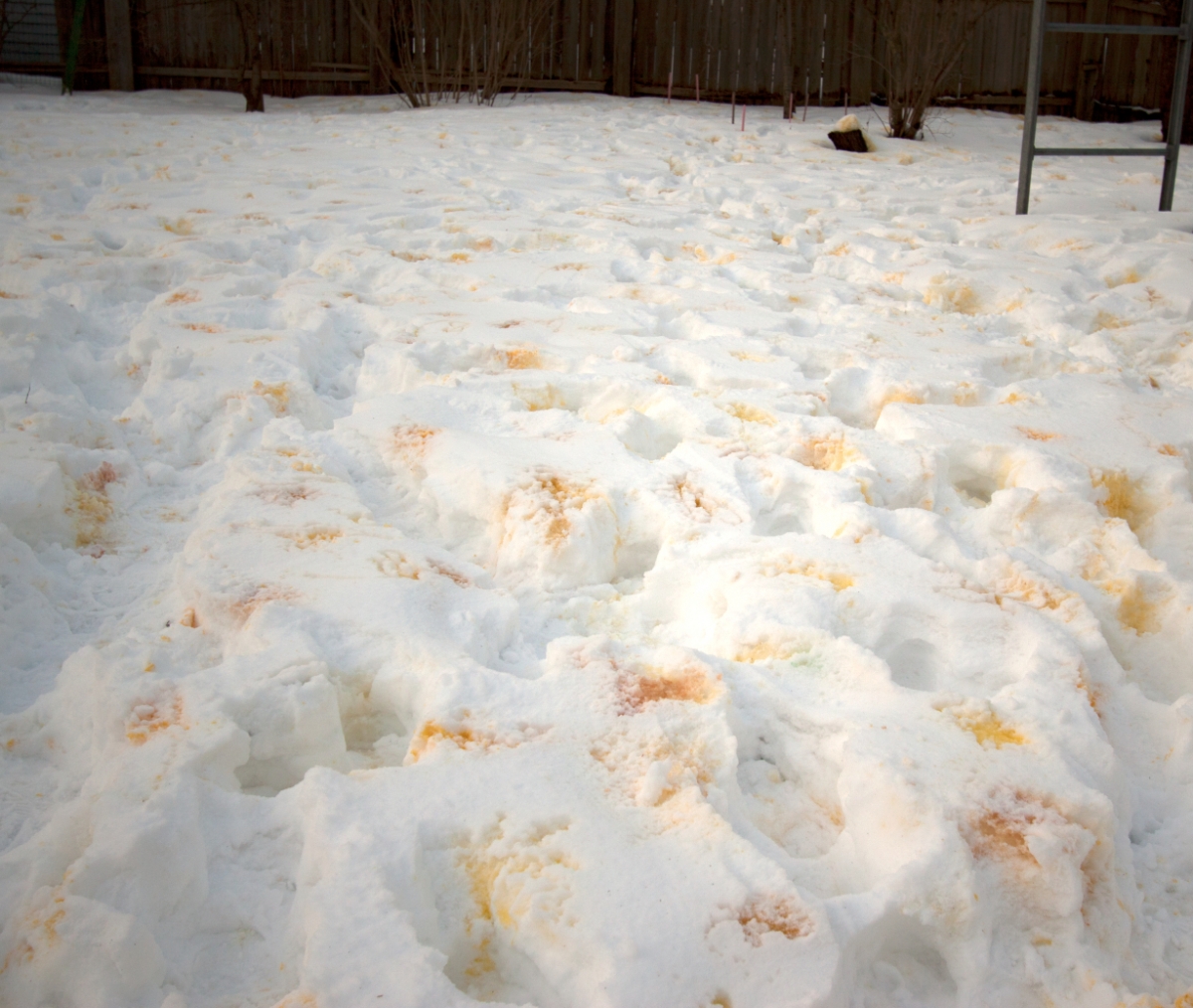
Flo Kasearu. Garden of Adam, 2013. Print on canvas.

Rvīns Varde. Willow Warbler, 02/08/2019. Digital print. Photo by Kristīne Madjare

Jaanus Samma. Toilet Posters, 2016. Installation (posters and books). Photo by Kristīne Madjare

View from the exhibition with Flo Kasearu video Light on Time, 2014. Photo by Kristīne Madjare

View from the exhibition with Joachim Schmid series Estrelas amadas (Beloved Stars), 2013. Pigment ink print (12 works). Photo by Kristīne Madjare

Joachim Schmid. From the series Estrelas amadas (Beloved Stars), 2013. Pigment ink print

View of the Visvaldas Morkevicius audio installation Portretzine. Issue Gintas K, 2020. Zine, vinyl, player, headphones. Photo by Kristīne Madjare
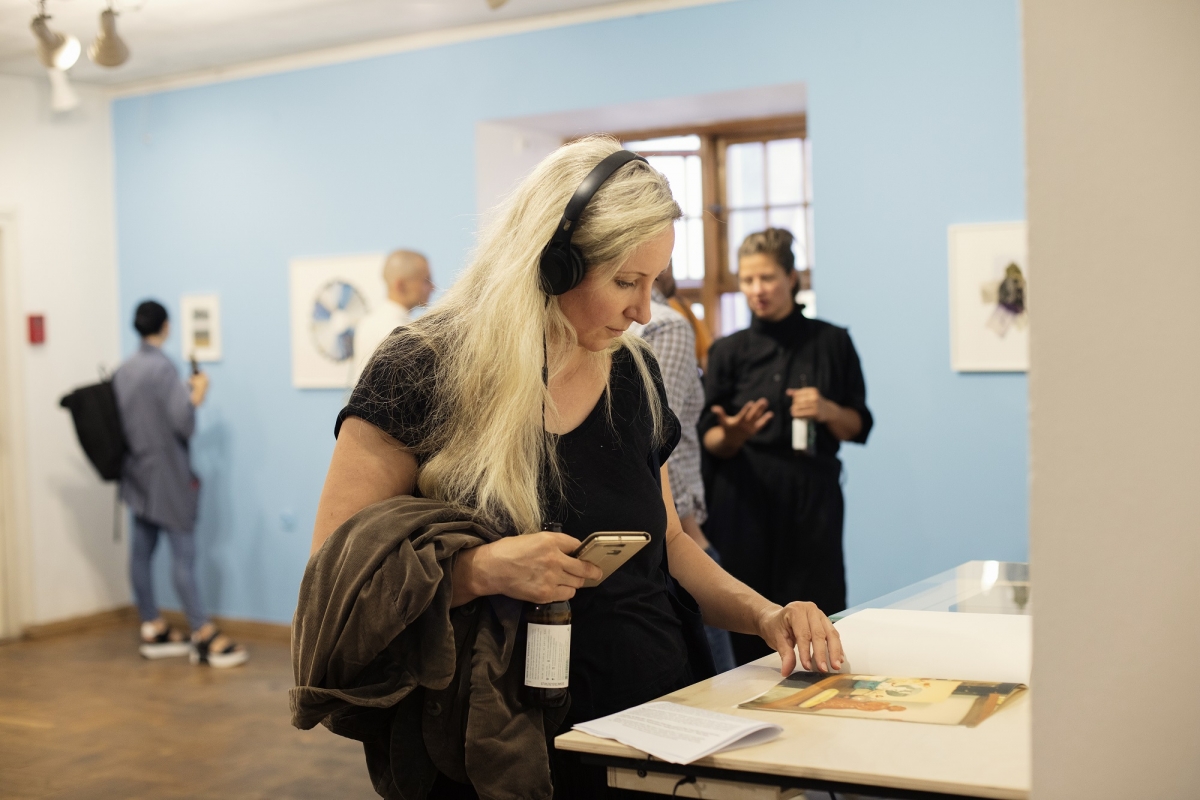
View of the Visvaldas Morkevicius audio installation Portretzine. Issue Gintas K, 2020. Zine, vinyl, player, headphones. Photo by Kristīne Madjare

View of the Visvaldas Morkevicius audio installation Portretzine. Issue Gintas K, 2020. Zine, vinyl, player, headphones. Photo by Kristīne Madjare
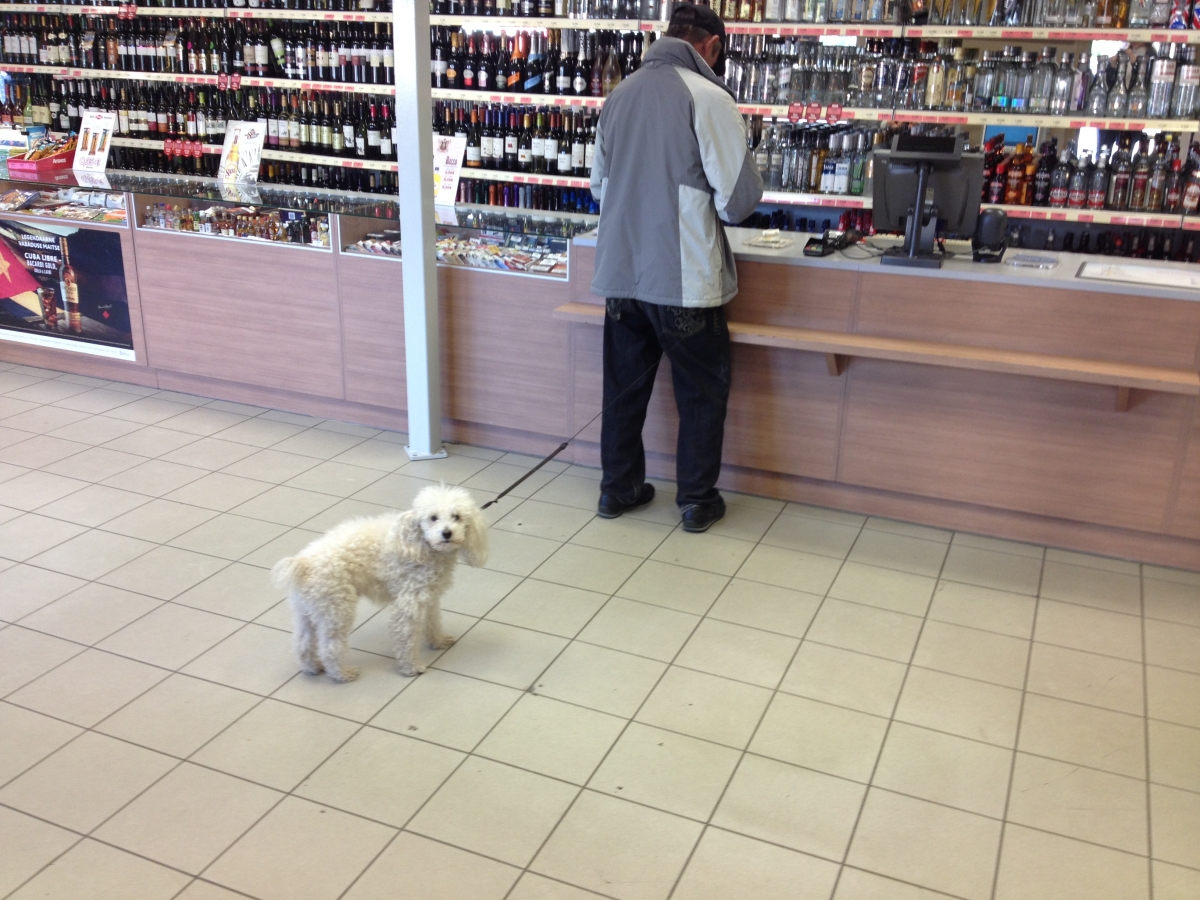
Margit Lõhmus. From the series Follow the White Dog, 2010 – ongoing. Digital print

View from the exhibition with Andrés Galeano work from series Unknown Photographers,
2012-2019. Found photographs, C-print. Photo by Kristīne Madjare

Andrés Galeano. Oval rainbow#3. From the series Unknown Photographers, 2013. Found photographs, C-print.
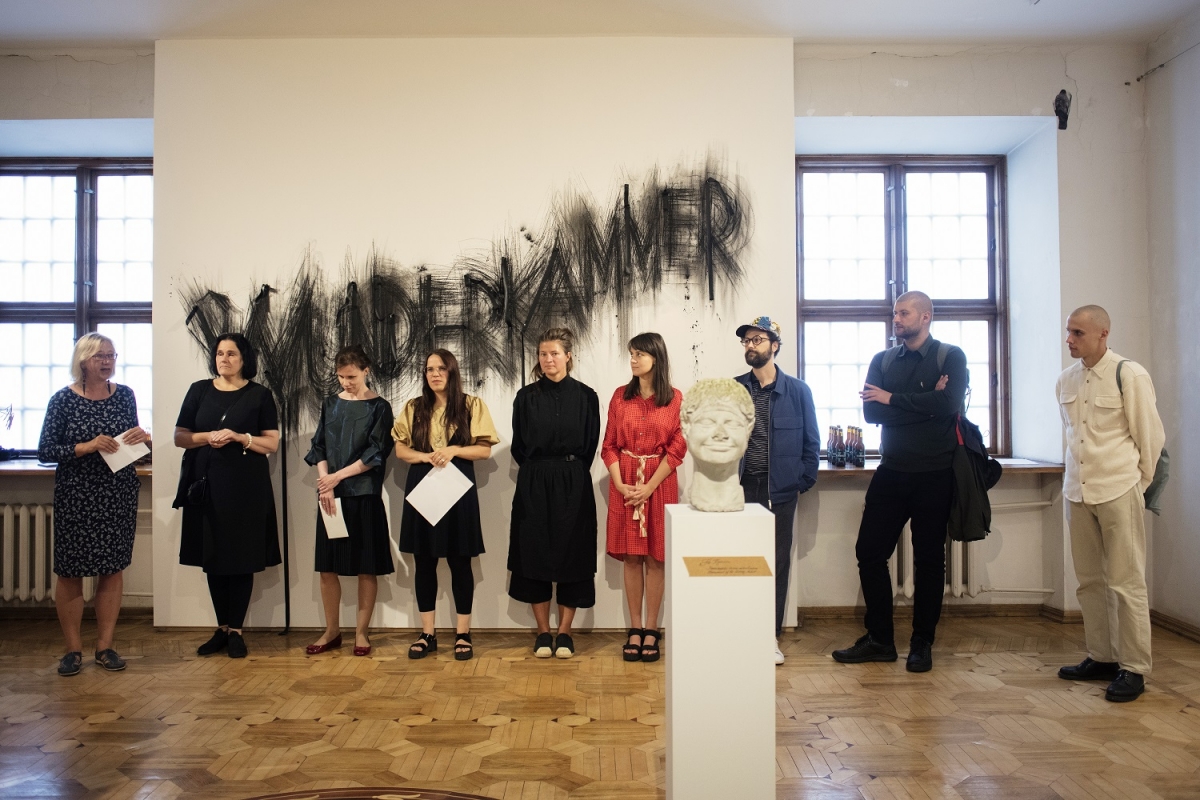
View from the opening of the exhibition. Photo by Kristīne Madjare










